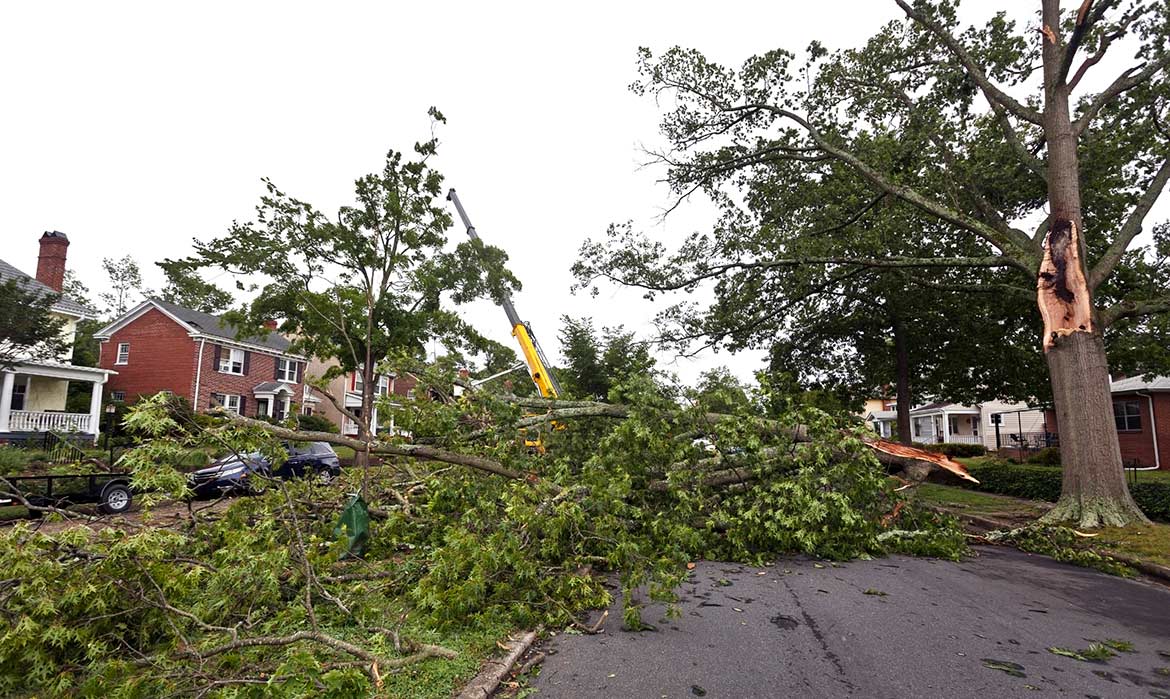 The 2019 hurricane season is here! The National Hurricane Center explains that 97% of all hurricanes occur between June 1st and November 30th. Protect your home by preparing before a water disaster strikes.
The 2019 hurricane season is here! The National Hurricane Center explains that 97% of all hurricanes occur between June 1st and November 30th. Protect your home by preparing before a water disaster strikes.
What to Expect
Predictions for the 2019 hurricane season are mostly average. According to the National Oceanic and Atmospheric Administration, “This outlook forecasts a 40% chance of a near-normal season, a 30% chance of an above-normal season and a 30% chance of a below-normal season.” Basically, we shouldn’t see an abnormal number of hurricanes. Even the normal predicted range, about 4-8, can cause major damage. That’s why it’s important to prepare as soon as possible. The more time you have to plan, the more damage you can prevent.
How to Prepare
- Sign up for emergency alerts. Your area should have an alert system to make sure you don’t miss hurricane warnings. This might just give you more time to prepare.
- Make an emergency kit. Fill it with water, food and other supplies you need to make it through a few days without access to a grocery store or electricity.
- Prepare your car. Fill your gas tank, park in a garage if possible and place important items like your keys and owner’s manual in a safe, dry place.
- Create a plan. Meet with your family to agree on a safe meeting place, evacuation routes and the location of your emergency kit.
- Preserve important paperwork. Put originals in an airtight container on a high shelf and create digital copies that can be accessed anywhere. You never know where you might end up if a hurricane affects your area.
Hurricane Facts
A hurricane is made up of many conditions coming together to create the perfect storm. The National Weather Service writes that the following six conditions create hurricanes.
- Ocean temperatures need to be above 79 degrees Fahrenheit.
- Hurricanes can only occur in areas that are at least five degrees latitude away from the equator.
- Heat needs to be produced near the center of the hurricane due to the condensation of water vapor. This is called a saturated lapse rate.
- Wind speed needs to drop with height. High winds that are strong can destroy storms.
- High humidity is needed through multiple layers of the atmosphere.
- If a thunderstorm encounters the conditions mentioned above, it will turn into a tropical storm or hurricane.
Floods
Heavy rain in a short amount of time creates the perfect environment for flash floods. This type of flood is dangerous because you don’t have a lot of time to evacuate or prepare. Long-term flooding is also common during hurricanes, especially near bodies of water like rivers.
High Winds
Winds from 74 to over 157 miles per hour accompany hurricanes. These severe winds can rip off roof tiles, smash windows and blow over trees. The flying debris picked up by high winds is a hazard in itself by traveling great distances and flying out of the air randomly.
Storm Surges
Hurricane conditions produce large waves or storm surges. These waves are known to destroy harbors, buildings and highways along coastlines. Even the strongest infrastructure can have a difficult time withstanding storm surges.
ServiceMaster Superior Cleaning & Restoration Services in Fairfield and Westchester Counties is your local damage restoration experts. If you experience water damage this hurricane season, contact us.
Photo by: istockphoto.com/Joe_Potato
